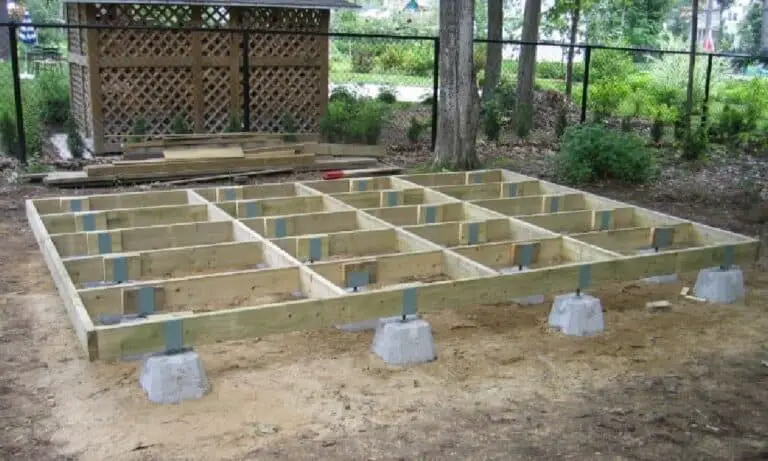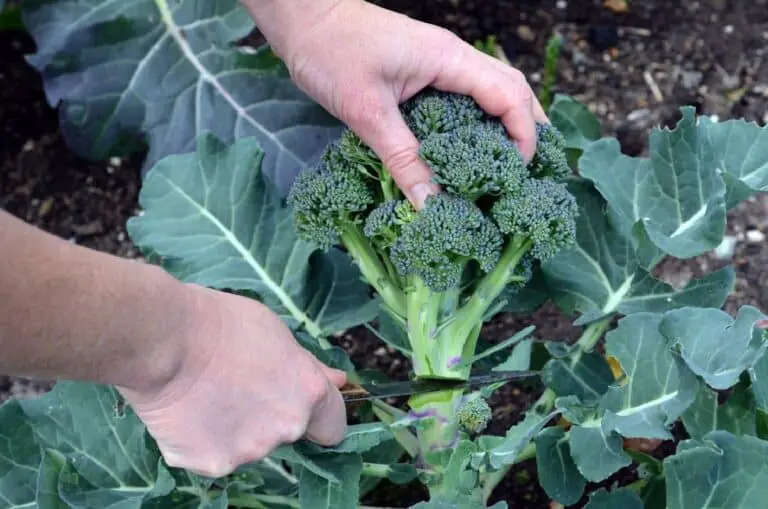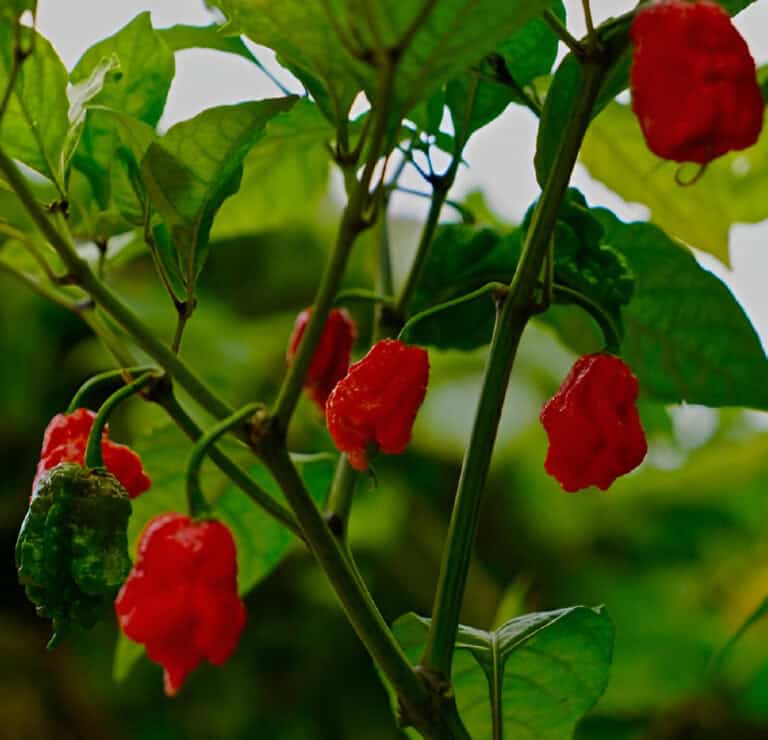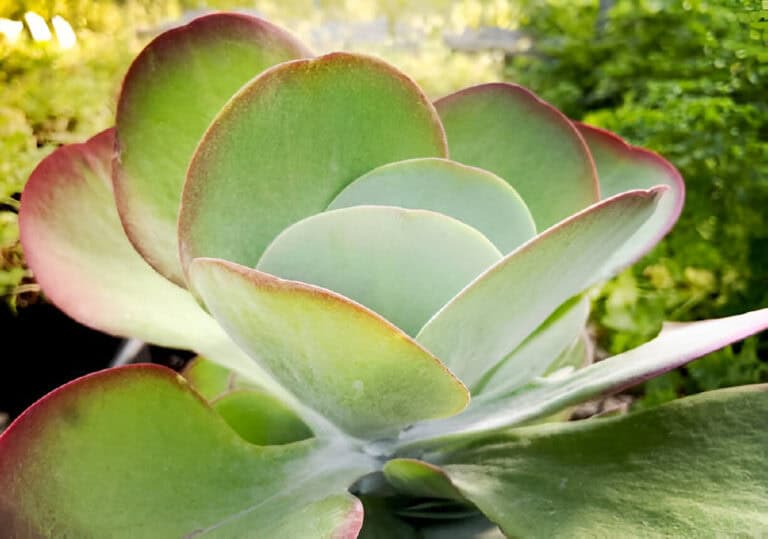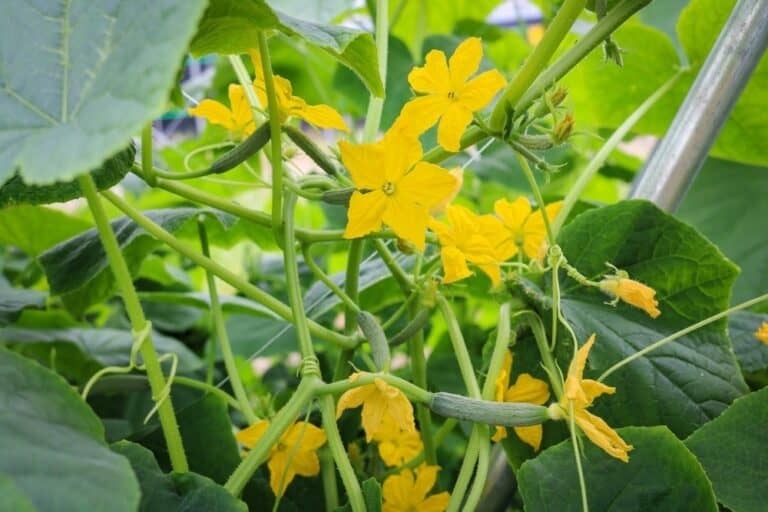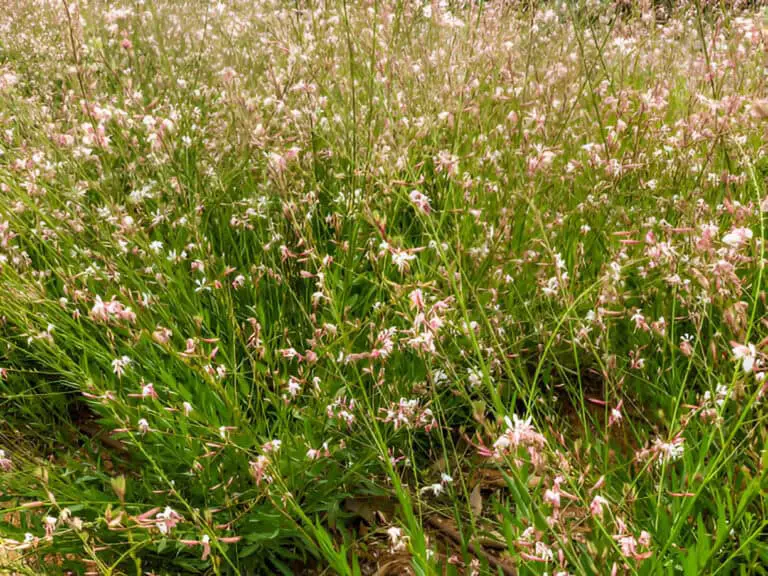When to Plant Crepe Myrtle in Australia: Best Months and Tips

Dreaming of adding the vibrant hues of crepe myrtle to your Australian garden? Crepe myrtles (Lagerstroemia spp.) are popular ornamental trees known for their vibrant flowers and attractive bark.
Are you wondering when the perfect time is to plant crepe myrtle for the most spectacular blooms? Planting crepe myrtles at the right time is crucial for their establishment and growth.
This guide will explore the best months to plant crepe myrtle in Australia. It will also give tips on soil prep, planting, and caring for your trees so they thrive in their new home.
Understanding Australia’s Climate Zones
Australia has a diverse range of climates, from tropical in the north to temperate in the south. The best time to plant crepe myrtles varies depending on the specific climate zone.
Climate Zones Overview
- Tropical Zone (Northern Australia): The wet season (November to April) is ideal for planting to take advantage of the rainfall.
- Subtropical Zone (Queensland, Northern New South Wales): Plant in early spring (September to October) or early autumn (March to April) to avoid extreme temperatures.
- Temperate Zone (Southern Australia): Plant in spring (September to November) or autumn (March to May) to avoid summer heat or winter cold.
The Best Months to Plant Crepe Myrtle in Australia
The best months to plant crepe myrtle in Australia depend on the specific climate zone and local weather conditions. Here are some general guidelines:
Tropical Zone
In the tropical zone, the wet season is the best time to plant crepe myrtle.
- Best Time to Plant: November to April.
- Benefits: Planting during the wet season allows trees to establish quickly with the help of abundant rainfall.
- Considerations: Ensure proper drainage to prevent waterlogging during heavy rains.
Subtropical Zone
In the subtropical zone, aim to plant crepe myrtle in early spring or early autumn.
- Best Time to Plant: September to October (spring) or March to April (autumn).
- Benefits: Planting in these months allows trees to establish before the onset of extreme temperatures.
- Considerations: Provide regular watering during the establishment period.
Temperate Zone
In the temperate zone, plant crepe myrtle in spring or autumn to avoid summer heat or winter cold.
- Best Time to Plant: September to November (spring) or March to May (autumn).
- Benefits: Planting in these months provides optimal growing conditions with mild temperatures.
- Considerations: Mulch around the base of the tree to retain soil moisture.
Soil Preparation

Proper soil preparation is essential for the successful establishment of crepe myrtle trees.
Soil Testing and Amendment
- Test the Soil: Conduct a soil test to determine pH and nutrient levels. Crepe myrtles prefer slightly acidic soil (pH 5.5 to 6.5).
- Amend the Soil: Add organic matter such as compost or well-rotted manure to improve soil structure and fertility.
Bed Preparation
- Raised Beds: Consider planting crepe myrtles in raised beds to improve drainage and soil aeration.
- Mulching: Apply a layer of mulch, such as wood chips or bark, around the base of the tree to retain moisture and suppress weeds.
Planting Techniques
Choosing the Right Tree
Selecting a healthy tree is essential for successful planting.
- Container-Grown Trees: Choose trees with a well-developed root system and healthy foliage.
- Bare-Root Trees: Plant bare-root trees in late winter or early spring when they are dormant.
Planting Steps
- Digging the Hole: Dig a hole twice as wide and as deep as the tree’s root ball.
- Positioning the Tree: Place the tree in the hole, ensuring the top of the root ball is level with the surrounding soil.
- Backfilling: Fill the hole with soil and water thoroughly to settle the soil around the roots.
| Related: When to Plant Garlic in NSW Australia? |
Caring for Crepe Myrtle Trees
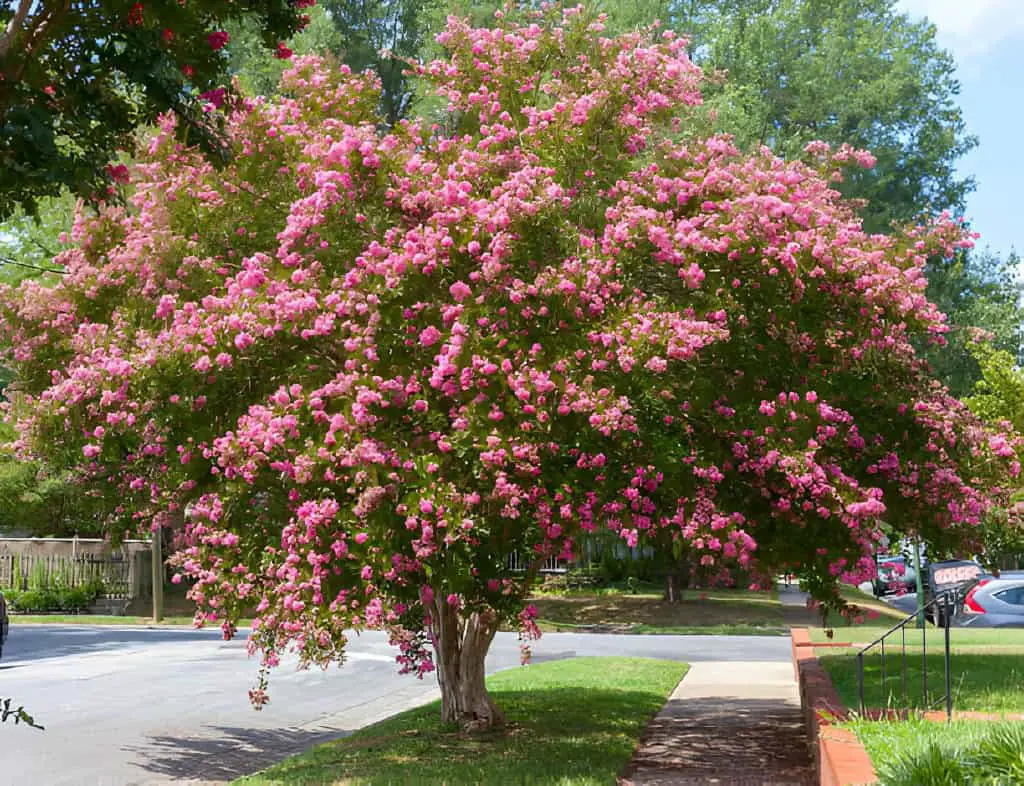
Caring for Crepe Myrtle trees involves a blend of attention, timing, and a little bit of know-how. These beautiful trees are known for their vibrant blooms. They need regular watering, fertilizing, and pruning to keep their shape and encourage more flowers.
Watering
Crepe Myrtles are drought-tolerant once established. They thrive with regular watering, especially in dry spells. However, be careful not to overwater, as they prefer well-drained soil. A slow, deep-watering, and drip-watering system works best to encourage deep root growth.
Provide regular watering, especially during dry periods or the establishment phase.
- Frequency: Water deeply once or twice a week, depending on rainfall and soil moisture levels.
- Method: Use a soaker hose or drip irrigation to water at the base of the tree, avoiding wetting the foliage.
Fertilizing
Fertilizing in early spring can give your Crepe Myrtle a good start for the growing season. Use a balanced, slow-release fertilizer to promote healthy growth and vibrant blooms. Apply a balanced fertilizer in the spring to promote healthy growth and flowering.
- Type: Use a slow-release fertilizer formulated for trees and shrubs.
- Application: Spread the fertilizer evenly around the base of the tree and water thoroughly.
Pruning
It’s best to prune them in late winter, when the tree is dormant. This way, you can remove any dead or diseased branches without affecting the tree’s growth.
Prune crepe myrtles in late winter or early spring to remove dead or diseased branches and promote new growth.
- Technique: Use sharp, clean pruning tools to make clean cuts just above a bud or branch junction.
- Timing: Prune when the tree is dormant to minimize stress and maximize flowering.
Conclusion
Planting crepe myrtle trees in Australia can add beauty and interest to your garden. By choosing the right planting time and preparing the soil, you can enjoy these trees for years. Consistent care is key.
These guidelines will help your crepe myrtle trees thrive. This applies to tropical, subtropical, and temperate zones. They will give you stunning flowers and attractive bark. Happy planting!

